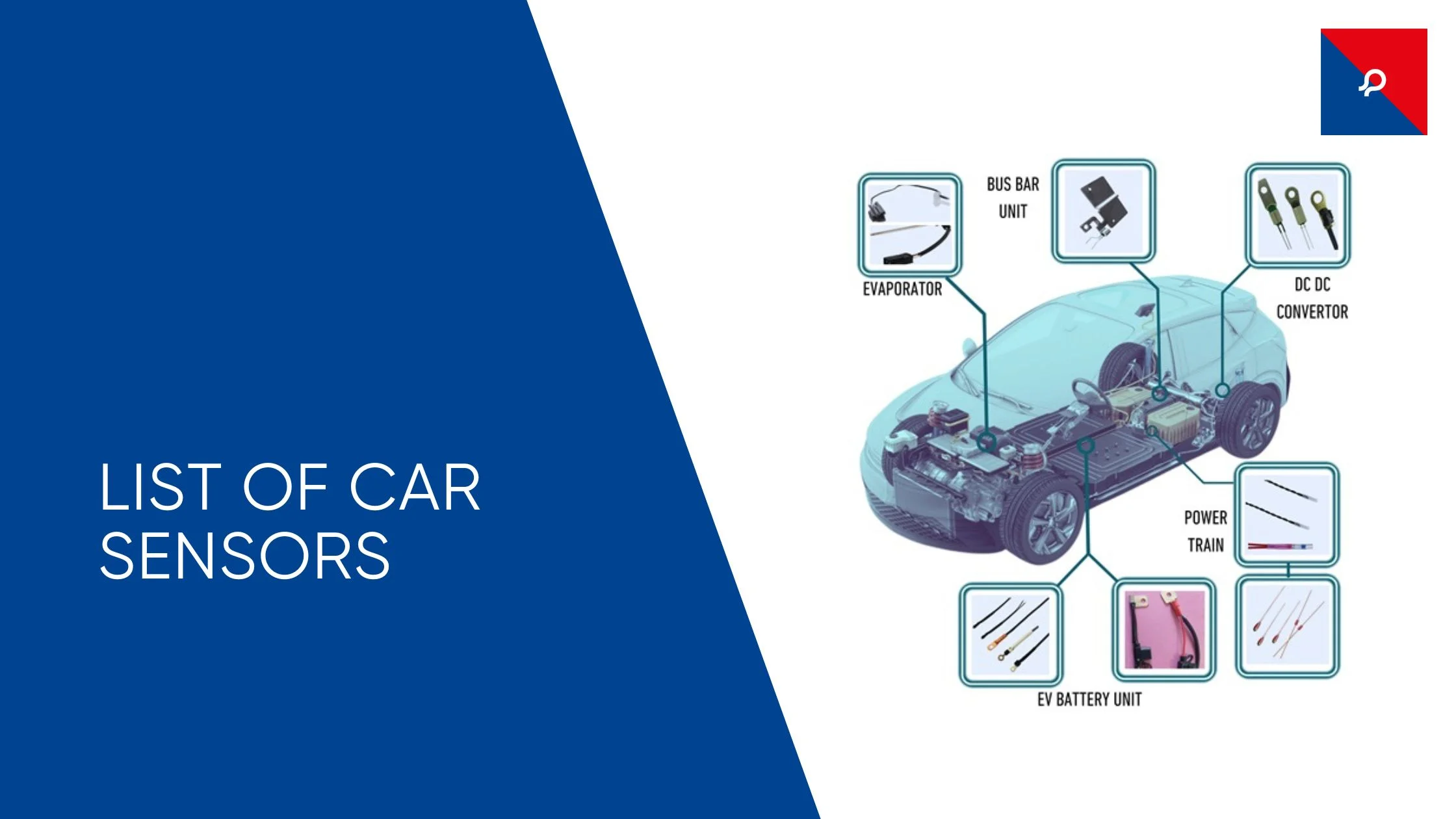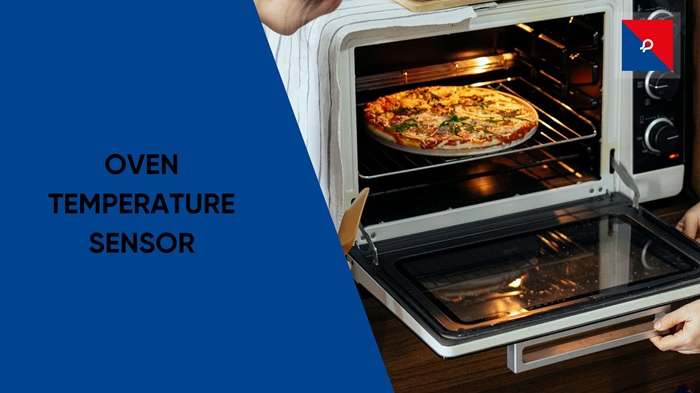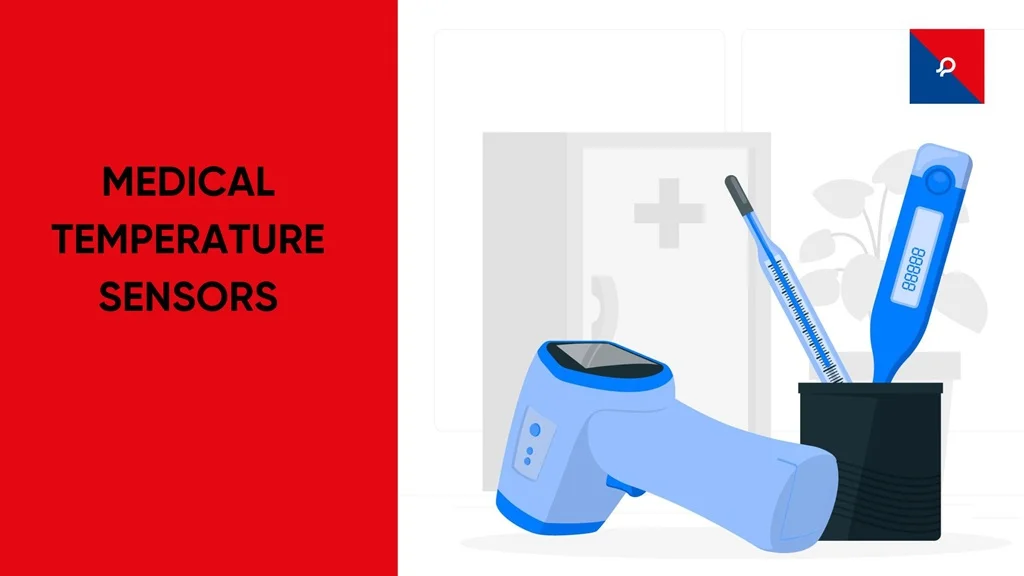
There are so many sensors in modern-day cars that act as safety enhancers, improve efficiency, and also make driving more comfortable. These sensors monitor different parameters in the vehicle and provide real-time data to the control systems for alerts to the drivers or triggering required actions. The following is a complete list of car all sensors and their functions that are commonly found today:
List of Temperature Sensors in Car and Their Functions:
Engine Coolant Temperature Sensor (ECT):
The Engine Coolant Temperature (ECT) Sensor monitors the engine temperature as it senses the heat of the coolant in the engine. This will prevent engine overheating and modify the engine activities such as ignition timing and fuel injection.
Fuel Temperature Sensor:
This sensor is for measuring the temperature of the fuel, which in turn alters the density of the fuel. The ECM leverages this information to modify the injection parameters for optimum performance.
Ambient Temperature Sensor:
This sensor detects the outside temperature which is very important for air conditioning systems and fuel injection adjustments.
Temperature Sensors for Climate Control:
The said sensors act as temperature regulators in the cabin and preset the climate control system to use this information for maximum comfort.
Exhaust Temperature Sensor:
Measuring the temperature of exhaust gas aids in the protection of components such as the catalytic converter from being fried out due to temperature.
List of Other Car Sensors and Their Functions:
Oxygen Sensor (O2 Sensor):
The exhaust oxygen sensors determine the oxygen levels of the gases to maintain the optimal air-fuel ratio required for combustion. Located within the exhaust themselves, they help ensure fuel economy, lower emissions, and protect the engine.
Mass Airflow Sensor (MAF):
This sensor measures how much air enters the engine; it then passes the data to the ECM so it can adjust fuel injection accordingly for proper combustion. Hence is one of the best in the list of car sensors.
Throttle Position Sensor (TPS):
The throttle position sensor (TPS) uses a potentiometer attached to the throttle body to determine the position of the throttle valve. Close liaison with the ECM permits adequate air-fuel mixture for acceleration.
Crankshaft Position Sensor:
The position of the crankshaft and its rotational speed can be measured by this sensor. It guarantees an accurate time of injection of fuel into the combustion chamber and an ignition time for the spark plug to give smooth combustion in the engine.
Camshaft Position Sensor:
This sensor, in fact, is allied with the crankshaft sensor, and it measures the camshaft position. Ensures that the timing of the intake and exhaust valves is absolutely accurate at each phase of the engine's working cycle.
Knock Sensor:
A knock sensor senses the unexpected vibrations or knocking sounds that arise from pre-ignition and prevents any damage through the alerting of the ECM adjustment in timing.
Tire Pressure Monitoring Sensor (TPMS):
A pressure sensor is one of the safety devices that check the amount of air presiding in the tires. Insufficient air is able to activate a warning signal that is supposed to avoid bursting and utilize the fuel better.
Parking Sensors:
Parking sensors are sensors that detect obstacles while parking around a vehicle. It uses ultrasonic waves to distance feedback without colliding.
Rain Sensor:
Comes with a rain sensor built with windshield wipers; it detects moisture on the windshield and operates the wipers automatically.
Oil Level and Pressure Sensor:
Some important tasks include surveying oil levels as well as pressure to ensure sufficient lubrication in the engine, therefore, avoiding high temperature and wear.
ABS Sensor:
Anti-lock Braking System (ABS) consists of wheel speed sensors which will ensure that the wheels do not lock up during a sudden application of brakes and ensure that the vehicle remains stable under all conditions.
Speed Sensor:
This sensor is one which detects the speed of a vehicle and sends the information to systems such as ABS, Cruise Control, and Speedometer.
Exhaust Gas Recirculation (EGR) Sensor:
Senses the exhaust gas recirculation system to ensure that emission standards are complied with decreasing very much nitrogen oxide emissions.
Manifold Absolute Pressure (MAP) Sensor:
A MAP sensor gauges the intake manifold air pressure. Then it calculates the fuel supply for an engine and indicates how heavily loaded the engine is.
Seat Occupancy Sensor:
Simply using this sensor can detect whether a passenger is occupying the seat or not. During collision events, it makes sure that the airbags are deployed for the passengers occupying that particular seat.
Blind Spot Monitoring Sensor:
Blind spot detection sensors are fitted at either side of the vehicle and indicate the presence of an object or cyclist in blind spots, thus triggering an alert to avoid colliding with each other while changing lanes.
Lane Departure Warning Sensor:
This system will alert the driver using cameras and sensors if the vehicle departs from its lane without any signaling.
Forward Collision Warning Sensor:
The whole safety measure employs radar and cameras along with identifying the obstacles like any vehicle in the front, starting from warning the driver for collision prevention.
Adaptive Cruise Control Sensor:
It utilizes sensors in adaptive cruise control so as to ensure safe separation distance in clear ahead vehicles and then adjusts the speed automatically.
Proximity Sensors:
Proximity sensors can detect neighboring objects with accurate distances, as well as help with more even flow while parking or low-speed navigation in smaller spaces.
Reverse Camera Sensor:
This sensor is usually associated with the camera and assists observers and drivers in identifying and seeing objects erected behind the vehicle.
Airbag Sensors:
Amongst the list of car sensors, these sensors are designed to detect rapid interruptions in speed, half a sudden slowing, which could cause serious injury, and they lead to the activation of passenger airbags for safety primarily.
Battery Management Sensor (BMS):
The BMS does check the state of charge and health of the battery using it up to its efficient energy application, especially for an electric and hybrid vehicle.
Steering Angle Sensor:
This sensor measures the position of the steering wheel and its rate of rotation. In conjunction with electronic stability control, this sensor enhances vehicle behavior.
Distance Sensor (Radar):
Distance sensors function with radar to measure the distance between the automobile and obstacles or other objects, thus helping reduce the likelihood of collision.
Brake Pad Wear Sensor:
The thickness of brake pads is monitored by this sensor, and it will notify the driver whenever they need to be changed.
Light Sensors:
Light sensors and associated devices trigger the automatic headlight activation when the ambient haze or darkness level exceeds a preset value and when a vehicle travels across or through such an area.
Engine Knock Sensor:
It immediately senses all vibrations caused by knocking engines and then sends signals to its ECM for adjustment of engine parameters.
Humidity Sensor:
This sensor detects cabin humidity levels, preventing fogging on windows by regulating the air conditioning system.
Gesture Recognition Sensor:
Advanced systems utilize gesture recognition sensors for operating different infotainment functions, such as climate controls, all without requiring any physical contact.
Conclusion
Car sensors play a very important role in modern vehicles by offering safety, efficiency, and bliss to drivers. From reading engine performance measurements to helping avoid accidents with advanced driver assistance systems, these sensors make up the backbone of car technology. Although this might help the driver with his vehicle maintenance, it is also the one that makes things work better and captures the maximum available years.
JR Sensors specializes in manufacturing high-quality temperature sensors for various industries, including the automotive sector. By focusing on precision and reliability, we contribute to safer and more efficient transportation. As technology evolves, this list of all sensors in a car will continue to expand, paving the way for smarter and more sustainable vehicles.
Frequently Asked Questions
1. What types of car sensors do JR Sensors manufacture?
2. How can I determine if my car’s sensor is malfunctioning?
3. Are JR Sensors compatible with all car brands?
4. How often should I replace car sensors?

Burnt Biscuits? Blame the Sensor – The Hot Truth About Your Oven’s Temperature Troubles
If your oven’s cooking like it’s got a mind of its own, your temperature sensor might be the silent saboteur. From half-baked casseroles to scorched cookies, we break down how this little sensor works, why it matters, and how to fix it—without losing your cool (or your dinner). A fun, practical guide that’s just as useful as it is digestible.

Hot Stuff: Why Your Engine Can’t Live Without an Exhaust Temperature Sensor
Think exhaust sensors are just another car part? Think again. These tiny guardians track fiery exhaust temps, protect turbos, keep emissions in check—and even help you pass that dreaded test. Dive into the witty, down-to-earth guide on how EGT sensors silently save your engine (and your wallet) every day. Bonus: You’ll sound like a car guru by the end.

Tiny Tech, Big Impact: Inside the World of Medical Temperature Sensors
Discover how medical temperature sensors work, why they're crucial in healthcare, and how health sensors are transforming modern medical diagnostics. From wearable tech to high-precision devices, learn about the different types of temperature sensor medical devices used today.